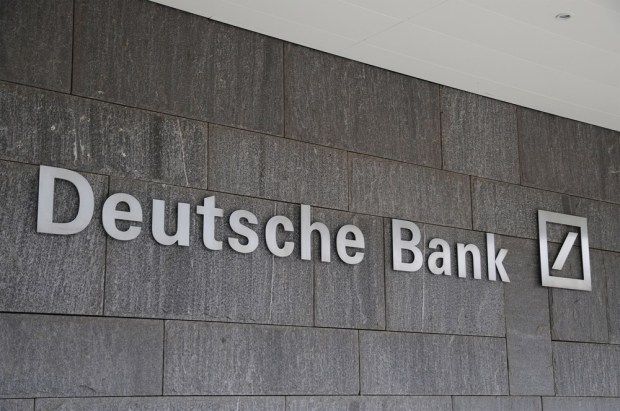Hudson Executive Capital Takes 3.1 Percent Stake In Deutsche Bank

Deutsche Bank, the German bank, has seen Hudson Executive Capital, the hedge fund run by JPMorgan Chase’s former Chief Financial Officer Doug Braunstein, take a 3.1 percent stake in the bank.
According to a report in the Financial Times, citing Braunstein, the hedge fund built a position in Deutsche Bank valued at €550m. “This is quite a compelling opportunity,” Braunstein told the Financial Times. “It’s been beaten up for so long, people have stopped really thinking about it in a fair way.” The investment was welcomed by Christian Sewing, the chief executive of Deutsche, saying the hedge fund has a deep background in the financial services industry thanks to Braunstein. “We appreciate Hudson Executive’s confidence in our ability to execute on our strategic objectives,” said Sewing in the Financial Times report.
With the 3.1 percent stake, Hudson Executive Capital is now Deutsche Bank’s fourth largest shareholder behind HNA, the Chinese conglomerate that has a 7.6 percent stake in the German bank; two Qatari funds that own 6.1 percent and BlackRock, which has a 5 percent stake in the bank, reported the Financial Times. Shares got lifted in midday trading in Frankfurt as a result of Hudson Executive Capital, noted the report.
The fund told the Financial Times in a written statement that it is backing the management led by Sewing and his strategy. The hedge fund argues there is “significant” long-term value in Deutsche Bank and said the company is “well” capitalized and “highly” liquid. The fund noted that Sewing is correct in focusing on traditional banking in retail and commercial banking, global transaction banking and asset management. Hudson Executive Capital said those areas of Deutsche’s business are “steady, compounding, capital-light businesses,” noted the report. What’s more, the hedge fund applauded Deutsche’s move, under Sewing’s lead, to cut its investment bank, which has been struggling. The hedge fund said it demonstrates a “commitment to deliver on stated goals of controlling costs, generating efficiencies that come with scale, and deepening the compliance culture.”